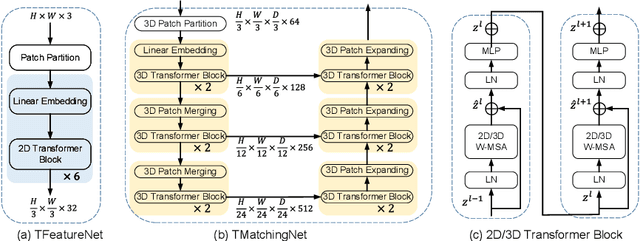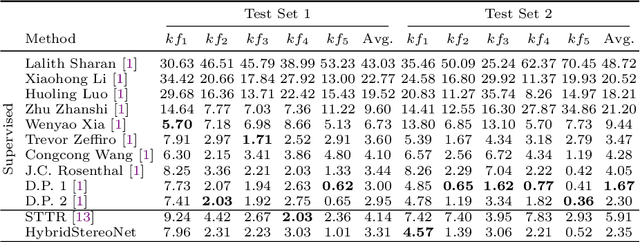Deep Laparoscopic Stereo Matching with Transformers
Paper and Code
Jul 25, 2022



The self-attention mechanism, successfully employed with the transformer structure is shown promise in many computer vision tasks including image recognition, and object detection. Despite the surge, the use of the transformer for the problem of stereo matching remains relatively unexplored. In this paper, we comprehensively investigate the use of the transformer for the problem of stereo matching, especially for laparoscopic videos, and propose a new hybrid deep stereo matching framework (HybridStereoNet) that combines the best of the CNN and the transformer in a unified design. To be specific, we investigate several ways to introduce transformers to volumetric stereo matching pipelines by analyzing the loss landscape of the designs and in-domain/cross-domain accuracy. Our analysis suggests that employing transformers for feature representation learning, while using CNNs for cost aggregation will lead to faster convergence, higher accuracy and better generalization than other options. Our extensive experiments on Sceneflow, SCARED2019 and dVPN datasets demonstrate the superior performance of our HybridStereoNet.
 Add to Chrome
Add to Chrome Add to Firefox
Add to Firefox Add to Edge
Add to Edge